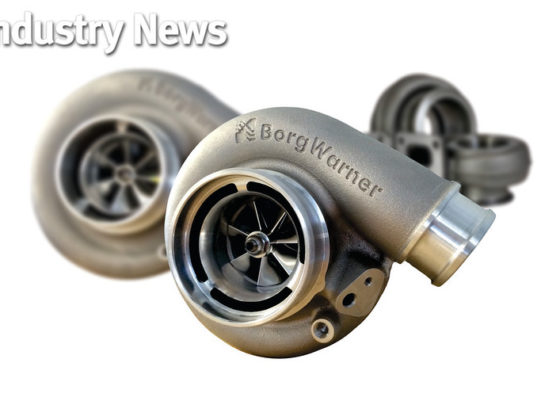,
Before we start to get into the exhaust part, we have to catch you up to speed with where the car's been at power-wise. In order to get a baseline of where the car was at, we sent it to Modified by KC in Kansas City, Kansas, to lay some power down on its Dynojet 424x dyno.
 A normal HPF Stage 2.5 M3 on pump 91 octane fuel and methanol was said to put out about 670 WHP at 24 PSI, depending on the dyno, according to HPF's website. These pulls saw a best of 659 WHP with pump 93 and methanol injection on MKC's dyno. So far, so good. This car hauls serious butt.
A normal HPF Stage 2.5 M3 on pump 91 octane fuel and methanol was said to put out about 670 WHP at 24 PSI, depending on the dyno, according to HPF's website. These pulls saw a best of 659 WHP with pump 93 and methanol injection on MKC's dyno. So far, so good. This car hauls serious butt.
Before doing any real testing, we like to make sure the car at least has good fluids in there. This helps eliminate some variables during testing. We enlisted the help of Bavarian Autosport, which is also one of the master distributors in the U.S. of Liqui Moly, which hails from Germany. In this picture above, we started with a Liqui Moly “Engine flush”, which is a detergent that is run in the car for 10 minutes at idle speed to thoroughly clean the internals.
 From Bavarian Autosport we also ordered Liqui Moly Ceratiec to provide additional protection on the pistons’ side skirts. We also used Liqui Moly 10w-60 fully synthetic oil (the 60-weight oil is recommended on some BMW M cars) you see in the back, which is one of the BMW recommended oils.
From Bavarian Autosport we also ordered Liqui Moly Ceratiec to provide additional protection on the pistons’ side skirts. We also used Liqui Moly 10w-60 fully synthetic oil (the 60-weight oil is recommended on some BMW M cars) you see in the back, which is one of the BMW recommended oils.As mentioned earlier, MKC's Chad Charlton has full tunability of the car, after having purchased HPF's encryption key. One he got his hands on the car, he was able to fine tune the fuel curve to his liking, as well as the ignition timing to better work with Kansas' 93 octane fuel that is available in local BP stations.
 When all was said and done, Chad took the M3's 659 WHP power figure and brought it up to an even more respectable 692 WHP, with 30-50 WHP gains throughout the top end.
When all was said and done, Chad took the M3's 659 WHP power figure and brought it up to an even more respectable 692 WHP, with 30-50 WHP gains throughout the top end.

Here is a close-up of the Rogue Engineering OE-replacement exhaust, which MKC’s Ryan Charlton removed. The piping size is believed to be twin 60-mm (2.36-in) throughout, like the factory piping. This gives us a total surface area of 8.76 in2 through the piping for a ballpark figure of its flow capabilities—and flow is super important in a turbocharged car. RE has always made nice stuff for BMWs. It's a very nice piece actually.



